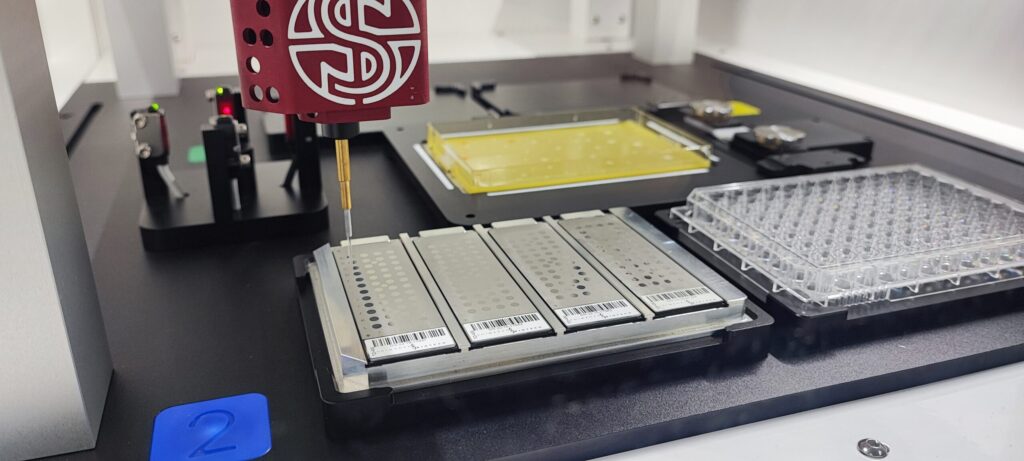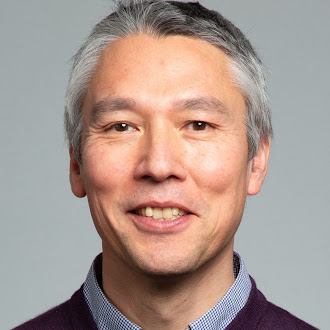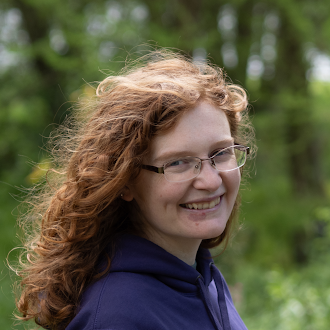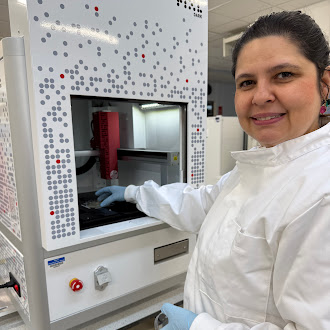Exploring Anaerobic Microbiome Research with PIXL Dark
How researchers at the University of York are exploring microbiomes to reclaim resources using PIXL Dark.
David Kirk1, Professor James Chong2, Dr Sarah Forrester2 and Dr Carla Botelho Machado2
1 D Kirk Communications 2 Department of Biology, University of York
Prof. James Chong’s Research
Our planet has limited resources, but we humans seem to generate an endless stream of waste.
For Professor James Chong and his team at the University of York, the challenge – and the opportunity – lies in recovering resources currently lost through our waste streams.
“What we’re trying to do is make things more circular and sustainable. And, when you’re talking about reclaiming resources from waste, pretty much anything that comes out is more valuable than what you put in.”
Sewage sludge microbiomes (as messy as they sound) are powerful microbial communities capable of recovering carbon from their surroundings.
But, to enable a truly circular system, the team first needs to understand these microbial communities at their most fundamental level.
Who are the essential players? Who’s just along for the ride? And how simple can a microbiome be while still functioning reliably?
Answering those questions requires isolating and characterising thousands of individual strains before we can build simplified, tractable communities that can reclaim waste in a targeted way.
The Challenge: Too many microbes, too little time
Sewage sludge microbiomes are home to hundreds of diverse species in varying quantities. While the most abundant microbes dominate, it’s often the rare ones that provide key functions and resilience. So, one of the fundamental questions Prof. Chong asks is:
“How complicated does a community need to be for it to function? Do we really need 500 organisms or can we get away with five?”
Prof. Chong’s team need to isolate and study these low-abundance microbes with the added challenge of doing so in an anaerobic environment. Defining the scale of the challenge, he adds:
“We probably need to pick somewhere between 20–40,000 colonies to try and get good representation. And that’s not what you can get a PhD student to do, particularly under anaerobic conditions.”
The Solution: Automation for anaerobes
For Prof. Chong’s team, the answer was PIXL Dark, Singer Instruments’ integration-ready colony picker. In addition to being ready for use with anaerobic workstations, several essential features stood out: sterile single-use colony picking, flexible plate handling, and the ability to go beyond picking into rearraying colonies.
“The fact that you’re using virgin material for every colony you pick, to me, is really attractive because we don’t want cross-contamination, so this seems like a more intelligent approach.”
PIXL Dark has also unlocked new workflows. One particularly promising approach is streaking isolates directly onto MALDI-TOF mass spectrometry targets for rapid phenotypic characterisation – a cheaper, faster alternative to sequencing every colony. According to Prof. Chong, it’s having an impact on how they think about research:
“It’s allowing us to think much bigger. Thousands or millions of colonies were a complete no-go. But this device feels like the enabling technology to do all those things. Just having it in the lab means we can ask ‘What would we actually like to do?’ and ‘How do we get there?’”
Outcomes: Early wins, bigger horizons
So far, PIXL Dark has enabled:
- Reliable colony picking while workflows for anaerobic integration are developed.
- Isolation of rare, functionally interesting microbes beyond the dominant species.
- Proof-of-concept integration with MALDI-TOF for cost-effective strain characterisation.
As Researcher Carla Machado says,
“PIXL is a powerful tool to pick colonies and rearrange them in different sources. It is quick, efficient, and has a low risk of contamination. We also have been successfully using it to pick colonies directly from agar into MALDI-TOF plates.”

Looking ahead, the team expects PIXL Dark to help scale microbiome dissection and serve as a core departmental facility for applications into algae and phage research, too.
Already, the PIXL is supporting ambitious new grand applications by facilitating large-scale colony picking into the University of York’s anaerobic digestion pipeline.
Customer Experience
Singer’s collaborative approach has been welcomed by Prof. Chong’s team from day one. We’ve supported unique requests, shared contacts, and even tweaked software to help the team achieve their research goals. Dr Sarah Forrester, a researcher in Prof. Chong’s group, explains:
“We don’t want to just pick everything on the plate – we want to pick things that have different phenotypes. I think that’s quite unusual compared to other people. Singers were amenable for us to talk to their technical specialists.”
On exploring integrating mass spectroscopy, Prof. Chong adds:
“When we said, we want to array onto mass spec targets, Singers said, ‘Well, we do a target holder, we’ll send you one.’ These are the kind of things that a lot of bigger companies would have said, ‘You’re going to have to buy it.’ So, with Singers, you can really feel the opportunity to collaborate and improve a system.”

Professor James Chong | Head of Department of Biology, University of York

Dr Sarah Forrester | Lecturer Department of Biology, University of York

Dr Carla Botelho Machado | Postdoctoral Research Associate, University of York
Want to scale your colony picking in tricky anaerobic environments?
Clean colony transfer, leading lab support and easy-to-use